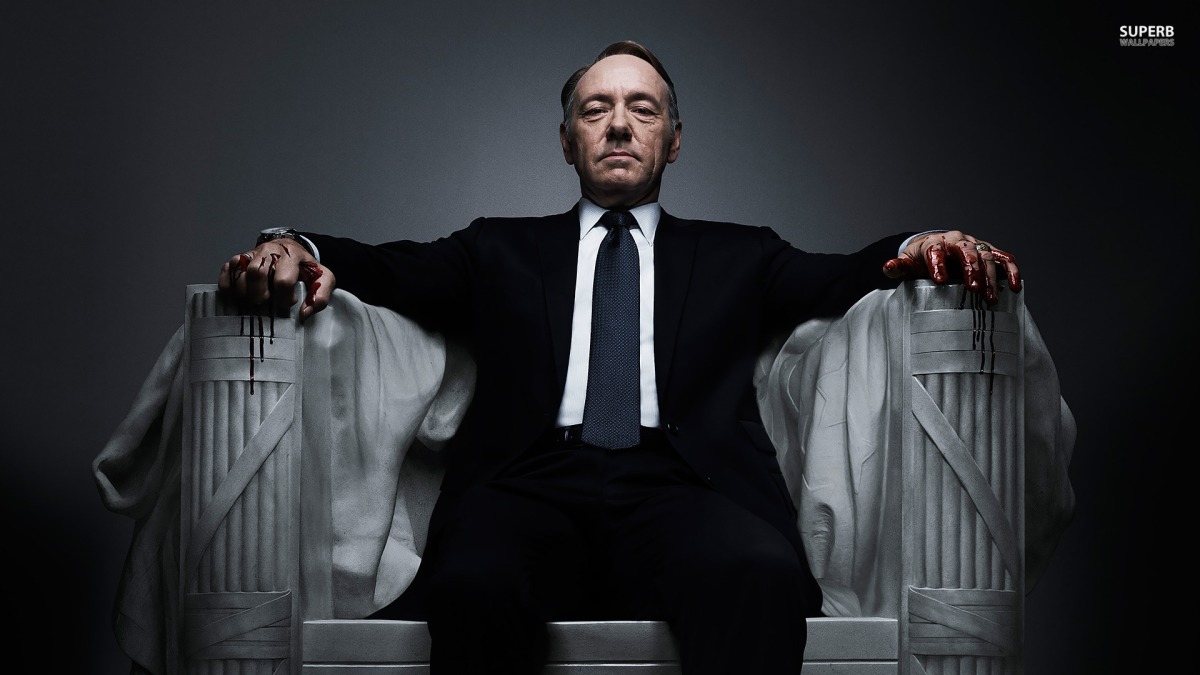This blog has been on pause for a bit while I’ve been attending to various other bits and pieces. But throughout that time, I’ve been savouring a book called Streaming, sharing, stealing by Michael D Smith and Rahul Telang. (As recommended to me by Tony Shannon, who can be found on Twitter here. He likes likes and retweets.) Smith and Telang outline a number of examples of creative industries (defined for their purposes as consisting of music, film and publishing) businesses which have responded successfully to technological disruption. They did so while others floundered, they argue, because they effectively harnessed data about customers to predict what they wanted to listen to/watch/read and how they wanted to access it.
An example like the failure of the Encyclopaedia Brittanica to move to a digital format fast enough, and therefore allow Encarta and later Wikipedia to neutralise its business model, is a familiar cautionary tale against stubborn refusal to innovate. More interesting are the examples of companies which adopted strategies which seemed counter-intuitive because they went against long standing industry practice, but were successful because they tapped into customer data their competitors either didn’t have or were ignoring.
The example of Netflix’s commissioning of House of Cards is one of the book’s killer examples. Using data gained from the viewing habits of its subscribers, Netflix knew that its customers liked Kevin Spacey, David Fincher and movies with strong female leads. Their confidence in this data led them to commission two series of House of Cards without a pilot, a strategy its competitor networks would have considered prohibitively risky. The existing system of selecting pilots, tryouts in sweeps, executive interference and eventual progress through to series was slow, but safe. Except for Netflix, the risk of failure had been negated by having reliable customer data. No experimentation involved; they already knew their audience would lap up House of Cards. And they did.
Smith and Telang’s argument, that those disrupting the creative industries are really collecting and mining customer data smartly, seems to me to have something in common with the design thinking movement (which started at IDEO, and who knows where it will end). The design thinking credo is that by observing the way customers use products, unique insights can be gained which can then be used by designers to create new features, or whole new products. These products will then have a competitive advantage in the market place. (The most practical example I’ve found of this in action is the development of the “croc jaw” catcher on the Rover Challenger Mower.)
So whether a company is using data about customers buying habits, or conducting qualitative research into how products are used, the end result is products better suited to the needs of the customer.
How does this matter to creative industry entrepreneurs? After all, most people starting up a business will have no access to the resources of Netflix or Apple or whichever corporate behemoth is capturing information about you as you read this. Collecting and analysing such data is likely beyond them. As is having a team of design thinking poring over their work.
This has never stopped entrepreneurs succeeding without the competitive advantages gained through data mining, design thinking or any other process. A small set of entrepreneurs will succeed based on gut feel alone. How does this process work? Is it some innate ability to know your target customer well enough and correctly predict what sort of services they need? In short, do successful entrepreneurs do what Netflix does without realising?
This week, I was asked to think about arts organisations and how they might be supported to generate new sources of revenue. It’s a familiar old chestnut, but the House of Cards example led me to wonder about the role on in-depth customer data collection in prompting initiatives which might generate these new income streams. If we could suddenly grant arts orgs the sort of data Netflix had about their consumption of all sorts of media, would they allow that to shape their creative decisions? Or would they resent being forced to create content to a target market’s demand.
Another potential less controversial route would be to identifying the skills inherent in those entrepreneurs who seem to instinctively know what an audience/customer base wants. And/or identifying the processes they go through in identifying various business opportunities and evaluating their chances of success.
These practices are not usually taught in creative industries vocational courses. But if creative industries practitioners could learn them, perhaps it would go someway to reducing the perceived risk involved in a new venture (without the need for customer analytics or end-user observation) and provide the confidence needed to turn a new idea into money in the bank.
Ref: Smith, M D and Telang, R. 2016, Streaming, sharing, stealing. MIT press, Cambridge, MA.

